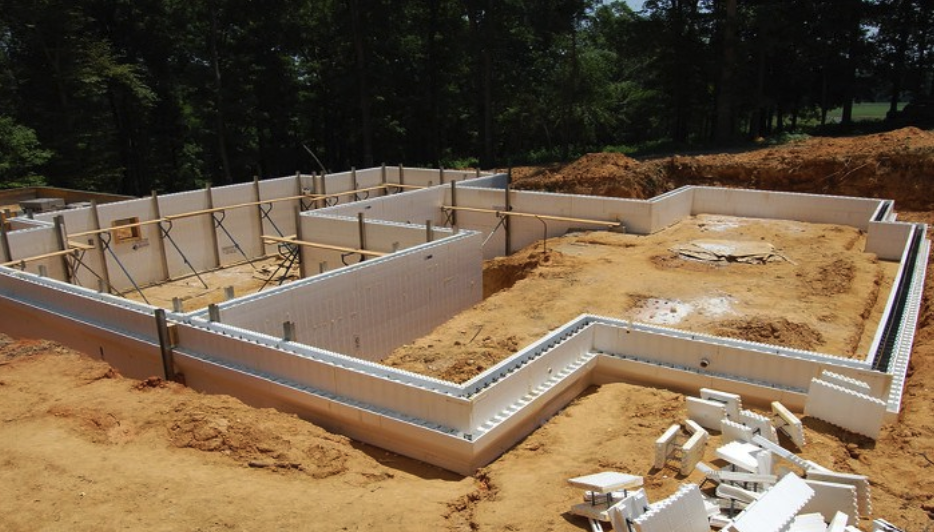
Let’s Talk About Our Foundation
Fox Blocks has been making insulated concrete forms since 2005. Our parent company, Airlite Plastics, was founded in 1946, and today, it is still a family owned business. Airlite produces plastic containers and insulated packaging products for a variety of industries, so we share knowledge of plastics innovation throughout the company.
When can I backfill the foundation wall?
The concrete must cure for a minimum of 7 days and the foundation wall must be laterally supported, meaning the floor system is installed supporting the top of the wall. All below grade waterproofing / dampproofing must be installed.

Beach House Foundation Requirements: 4 Key Considerations for Your Home

How Much Does It Cost to Pour a Foundation?
Building a strong and reliable foundation is a significant step in the construction of any home or building. The cost of this process varies depending on foundation type, material, and labor requirements.

Fear Not - Simple and Quick ICF Foundations Can Save You Time and Money

Laying the Groundwork: Steps for Building a Solid Foundation for a Small House
In this article, we will explore how to build a foundation for a small house using insulated concrete forms (ICFs) and discuss the advantages of choosing this modern construction method.
How does the ICF block get secured to the foundation?
The ICF blocks are held in place with either low expansion spray foam or a metal starter track. The bracing/alignment system, typically installed after the 4th course of block, also supports the ICFs in place. Once the concrete is in the wall there is no concern with the forms moving. The concrete is connected to the footing with reinforcing dowels.

Cinder Block (CMU) vs. Traditional Poured Concrete Wall Foundations
We cover the differences between CMU blocks and poured concrete foundations so that you don’t have to learn from trial and error.

What Is the R-Value of ICF Foundation Walls?

How to Build a Bowling Alley from Foundation to Finish with ICF Advantages